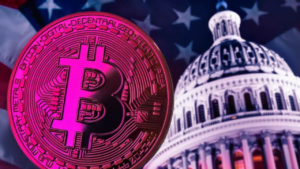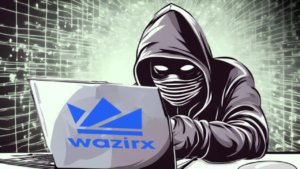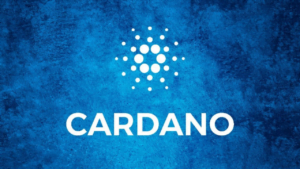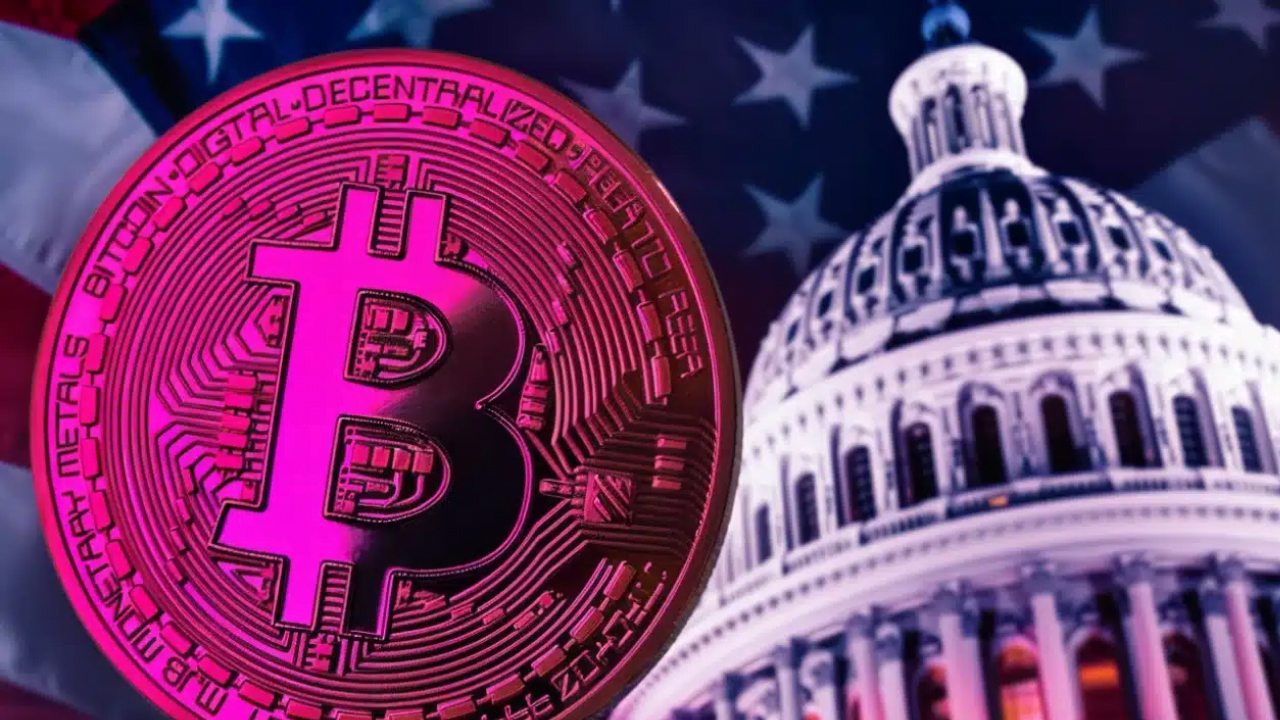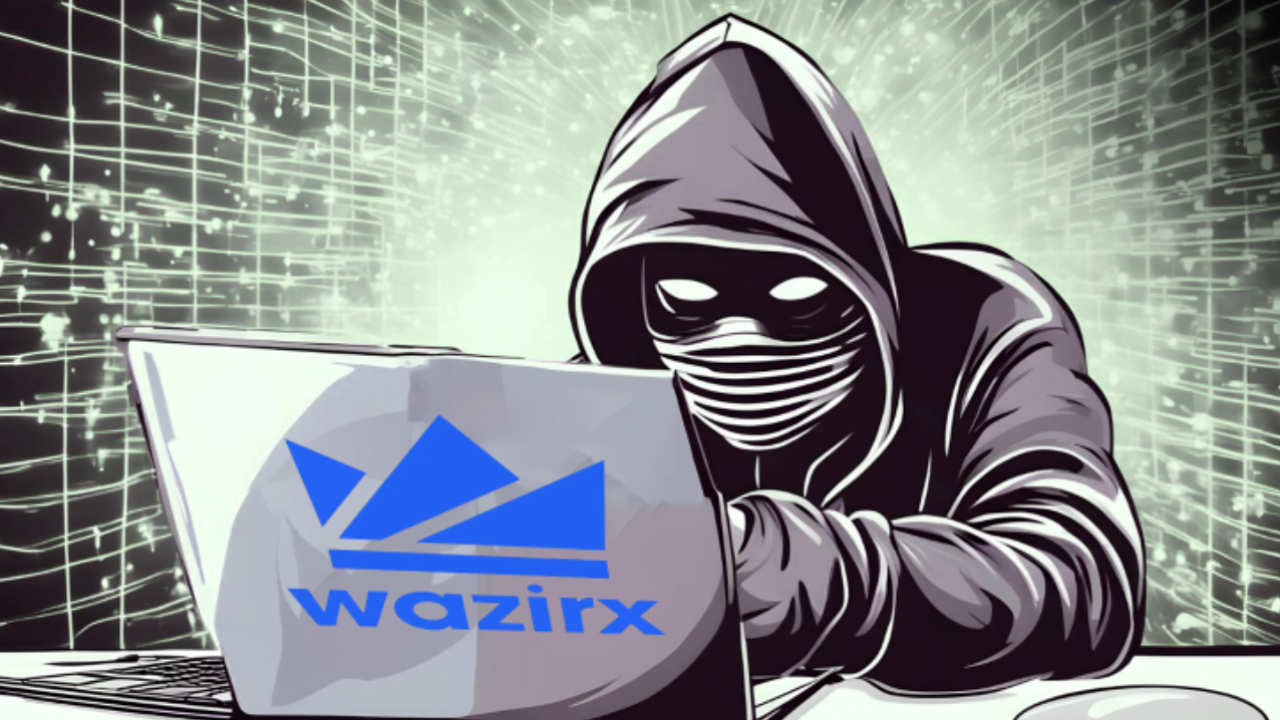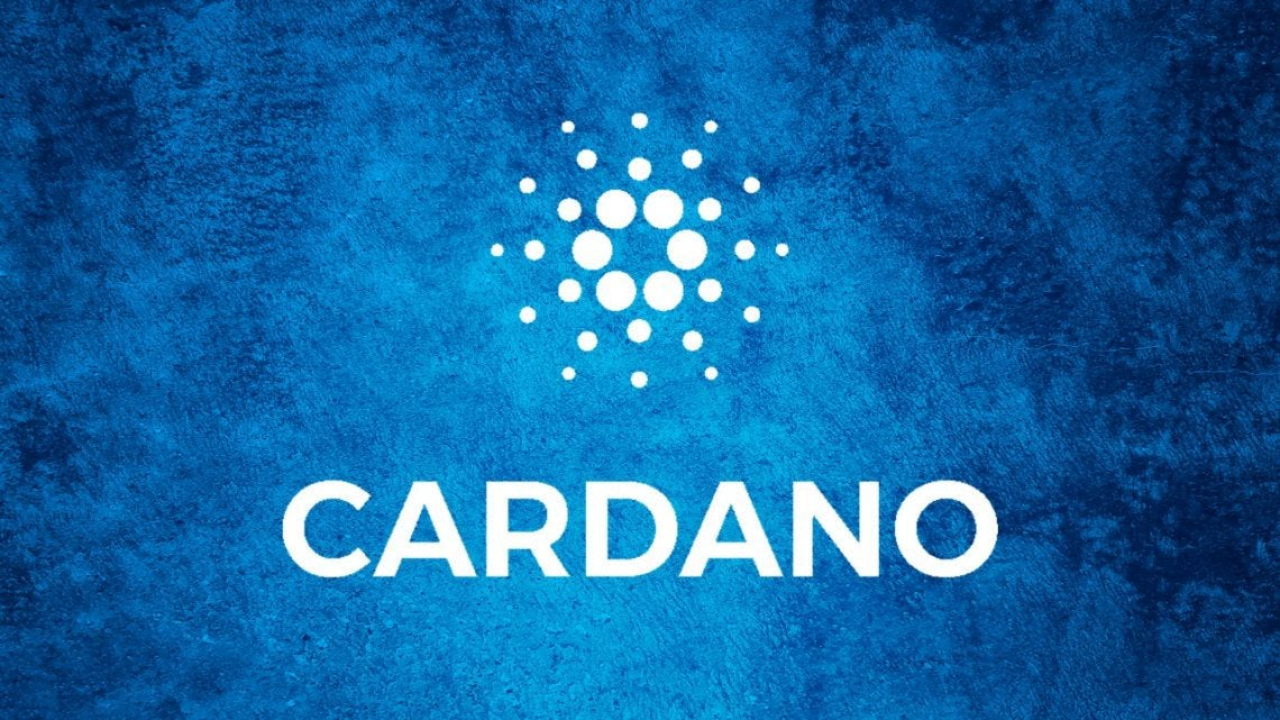Deutsche Bank and Standard Chartered, in partnership with SC Ventures, are making significant strides in the world of blockchain technology. They are currently testing a groundbreaking system designed to facilitate seamless communication between blockchain-based transactions, stablecoins, and central bank digital currencies (CBDCs). This approach is reminiscent of the SWIFT messaging layer found in traditional banking infrastructure.
To put their innovative system to the test, these banking giants are experimenting with various use cases, such as the transfer and exchange of USDC stablecoins. These trials are conducted on the Universal Digital Payments Network (UDPN), a permission blockchain system consisting of validator nodes operated by a consortium of banks, financial institutions, and consultancies. The system is the brainchild of tech consultancy GFT Group and Red Date Technology, a Chinese Blockchain-Based Service Network (BSN) co-founder.
The Universal Digital Payments Network’s primary function is to instruct and facilitate transactions across a wide spectrum of networks, spanning from stablecoins on public blockchains to central bank digital currencies (CBDCs). This approach could revolutionise how banks and institutions manage blockchain-based transactions in private settings.
Digital currencies not only serve as a medium of exchange, but also as a means of communication. This raises the question of whether it is necessary to maintain parallel systems like SWIFT messages. According to the creators of UDPN, the answer lies in its ability to act as an interoperability bridge between various blockchain networks while adhering to well-established decentralized digital identity standards (DIDs). This creates a bank-friendly and regulated environment.
Table of Contents
ToggleThe Role of UDPN in Cross-Border Transactions [Deutsche Bank and Standard Chartered ]
In practical terms, when conducting cross-border currency transfers, the sending institution tokenizes the value and transfers it into a smart contract managed by UDPN. The smart contract then releases the intended target currency, streamlining the process without the need for a centralized organization to set specific message formats akin to SWIFT.
The Universal Digital Payments Network currently boasts the participation of approximately 25 organizations concurrently running around ten proof-of-concept tests. This diverse group includes banks from the United States, Australia, Latin America, and Europe.
The true magic of UDPN unfolds at its transaction nodes, where connections to currency systems and pools are established. Whether managed by central banks or financial institutions, each currency can have its own transaction within this regulated environment.
In summary, this collaborative effort between Deutsche Bank, Standard Chartered, and UDPN promises to enhance the efficiency and interoperability of blockchain-based financial transactions, potentially reshaping the future of banking and cross-border currency exchanges.
Deutsche Bank and Standard Chartered, in partnership with SC Ventures, are making significant strides in the world of blockchain technology. They are currently testing a groundbreaking system designed to facilitate seamless communication between blockchain-based transactions, stablecoins, and central bank digital currencies (CBDCs). This approach is reminiscent of the SWIFT messaging layer found in traditional banking infrastructure.
To put their innovative system to the test, these banking giants are experimenting with various use cases, such as the transfer and exchange of USDC stablecoins. These trials are conducted on the Universal Digital Payments Network (UDPN), a permission blockchain system consisting of validator nodes operated by a consortium of banks, financial institutions, and consultancies. The system is the brainchild of tech consultancy GFT Group and Red Date Technology, a Chinese Blockchain-Based Service Network (BSN) co-founder.
The Universal Digital Payments Network’s primary function is to instruct and facilitate transactions across a wide spectrum of networks, spanning from stablecoins on public blockchains to central bank digital currencies (CBDCs). This approach could revolutionise how banks and institutions manage blockchain-based transactions in private settings.
Digital currencies not only serve as a medium of exchange, but also as a means of communication. This raises the question of whether it is necessary to maintain parallel systems like SWIFT messages. According to the creators of UDPN, the answer lies in its ability to act as an interoperability bridge between various blockchain networks while adhering to well-established decentralized digital identity standards (DIDs). This creates a bank-friendly and regulated environment.
The Role of UDPN in Cross-Border Transactions
In practical terms, when conducting cross-border currency transfers, the sending institution tokenizes the value and transfers it into a smart contract managed by UDPN. The smart contract then releases the intended target currency, streamlining the process without the need for a centralized organization to set specific message formats akin to SWIFT.
The Universal Digital Payments Network currently boasts the participation of approximately 25 organizations concurrently running around ten proof-of-concept tests. This diverse group includes banks from the United States, Australia, Latin America, and Europe.
The true magic of UDPN unfolds at its transaction nodes, where connections to currency systems and pools are established. Whether managed by central banks or financial institutions, each currency can have its own transaction within this regulated environment.
In summary, this collaborative effort between Deutsche Bank, Standard Chartered, and UDPN promises to enhance the efficiency and interoperability of blockchain-based financial transactions, potentially reshaping the future of banking and cross-border currency exchanges.



